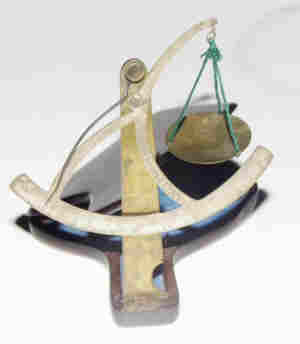
|
|
| This
fascinating pendulum balance was used to weigh gold coins circulating in
England during the l8th century. It is marked Anscheutz & Co.
No.1524, showing that the firm had already made a considerable quantity.
The company was run by Valentine Anscheutz and John Schlaff in Denmark
Street, Soho, listed in London trade directories between 1761 and 1781. The gold coin in doubt - a Johannis, a moidore, a guinea, or one of their subdivisions - was placed in the pan, which swung the whole quadrant round to the left until the scale balanced. The pointer, which did not move, was then pointing to the value of the gold marked on the quadrant. The graduations were marked at intervals of 6 pence, from the smallest coin, a 4s 6d to a 36s (s = shilling, d = penny) . As the guinea and half-guinea were the most common coins, extra graduations were marked at 2d intervals to more accurately indicate the reduction in value of worn coins. The scale folds back into the flat mahogany box, which is only l2mm thick, (1/2"). The polished brass pillar and pan contrast nicely with the silver plated quadrant and the royal-blue paper lining in the box. When in use, the lid can be partly closed against the back of the pillar, to prevent the scale falling back. Found in EQM Issue 4 1983 |
|
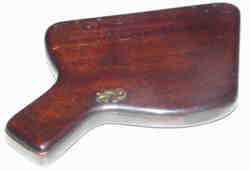
Coin Scale |
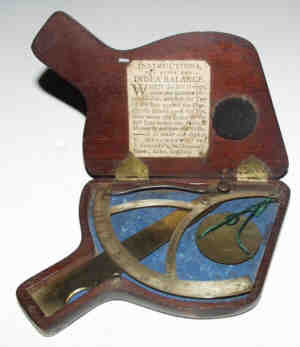
|
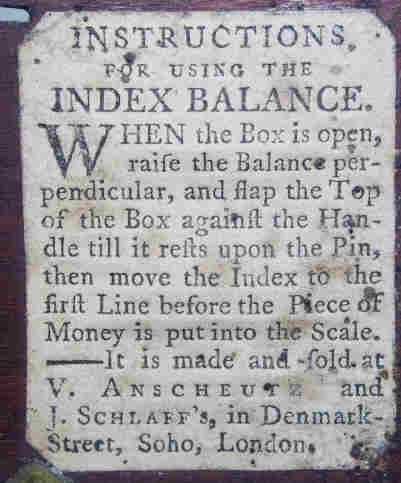
|
|
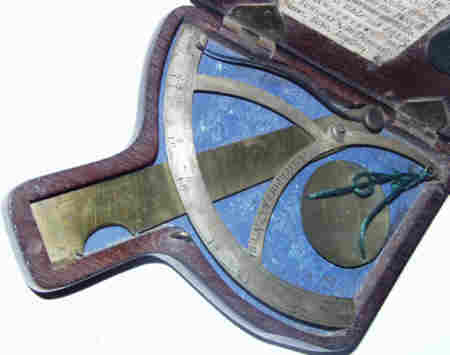
|
|
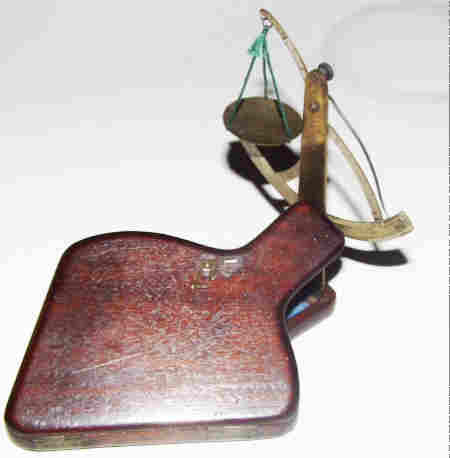
|
|
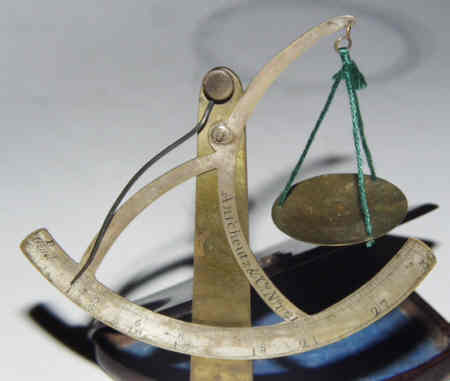
|
|
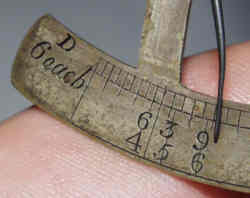
|
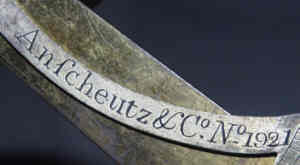
|
|
|
|
|
|
|